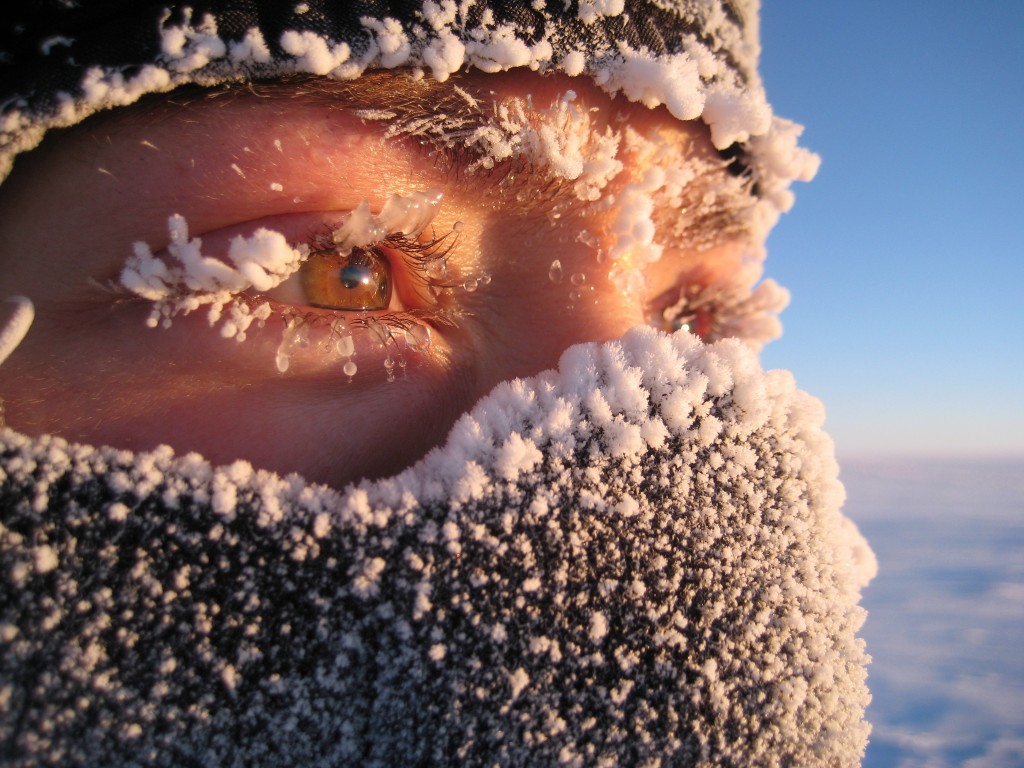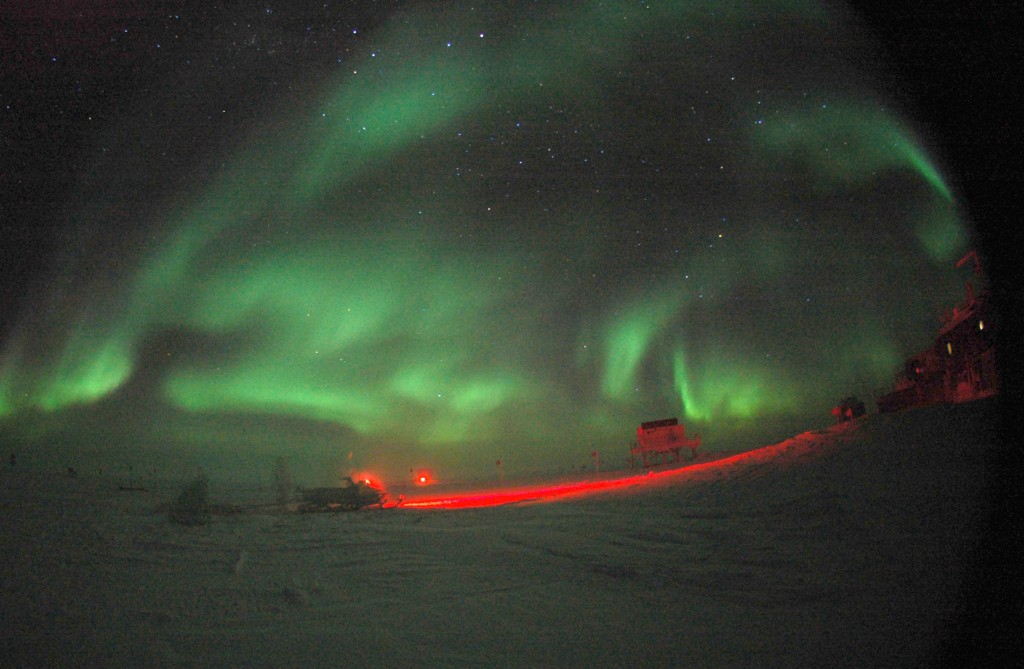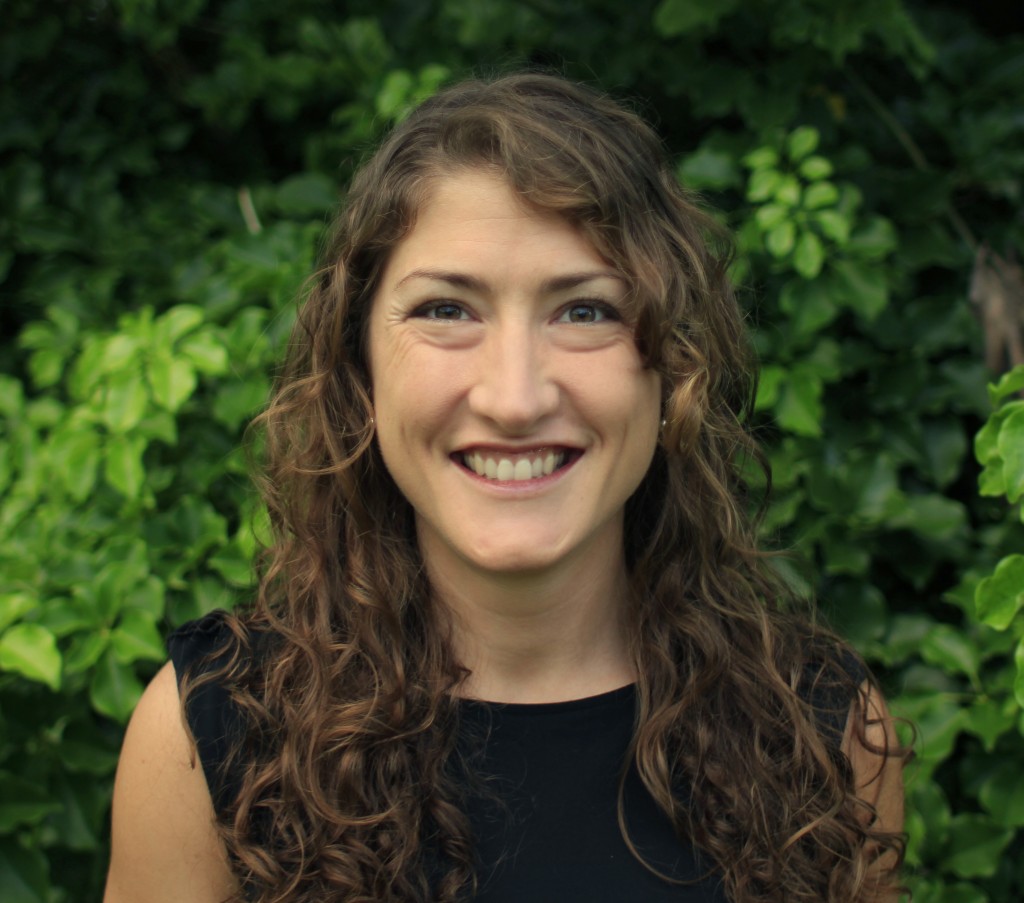An Astronaut to Call Our Own
This post was originally published on the North Carolina Museum of Natural Sciences Blog. See the full post here.

8 in 6,100. Those were Christina Hammock’s odds of being chosen in NASA’s 2013 Astronaut Candidate Class when she put in her application more than a year ago. Potential candidates to the program with degrees in the fields of engineering, biological science, physical science and mathematics were encouraged to apply.
But skill and fate favored Hammock, a graduate of the master’s degree program in Electrical Engineering at North Carolina State University, where she also earned bachelor’s degrees in Physics and Electrical Engineering. She never had to use the words of appreciation that she had prepared in the case that she was not selected as a 2013 candidate; instead, she was astonished beyond words when she got NASA’s acceptance phone call. At 34, Hammock is one of the youngest 2013 astronaut candidates.
According to NASA, the 2013 Astronaut Candidate Class will receive a wide array of technical training at space centers around the globe to prepare for the first human mission to an asteroid in the 2020s and to Mars in the 2030s.
Hammock, who is currently National Oceanographic and Atmospheric Administration (NOAA) Station Chief in American Samoa, is looking forward to two years of physical and mental training before she is considered a “flight ready” astronaut. She will learn how to fly T-38 jets and how to speak Russian, as international language abilities are a necessary skill aboard the International Space Station.
Lucky enough to catch Hammock via e-mail before she officially starts her NASA astronaut training on August 12th, when she will report to the Johnson Space Center in Houston, I asked this stellar astronaut candidate questions about her goals and inspirations.
As an engineer by training myself, I admire Hammock for her determination to pursue excellence in her field despite the stereotypes that sometimes accompany being the only female in an engineering classroom full of men. With the new 2013 Astronaut Candidate Class consisting of as many female scientists and pilots as males, the potential for women in STEM careers has never looked more promising. Follow your dreams!
When did you first know you wanted to be an astronaut?
Hammock: I have wanted to be an astronaut for as long as I can remember. Ever since I first heard about space, I have been captivated by the idea of exploration and scientific discovery on the frontiers. My Dad is a space enthusiast, so he always had science and astronomy magazines around the house that peaked my curiosity even as a kid.
How has you training as a scientist prepared you to be an astronaut?
Hammock: Being a scientist has given me the spirit of discovery and the mindset of problem solving. Because I studied both engineering and physics, I have been able to have jobs where I design and build the research instruments used to answer questions raised by scientists. Then, I have used those skills to run experiments in remote science bases in Antarctica, the Arctic, and the South Pacific. The combination of technical, scientific, and field work aspects of my experience was a big part of what I thought I had to offer as an astronaut. Most importantly, being in science and engineering has taught me to tackle challenges even when they seem impossible at first!
In your path to becoming a scientist and an astronaut, were you ever inspired by science fiction stories, books, movies, etc.?
Hammock: I was mainly inspired by science facts more than science fiction. I loved reading National Geographic and looking at the photos and stories of interesting places such as space and Antarctica.
What's your favorite book and why?
Hammock: I really enjoyed the book Freakonomics by Steven Levitt and Stephen J. Dubner. It takes a unique look at many things that we observe in everyday life and shows how analyzing the data about those social situations can reveal hidden and very interesting connections.
[But] my favorite book is actually Roots by Alex Haley. That novel had the most profound impact on me of any book I have ever read. I think every American should read it. It does tells one of the most important and meaningful stories in our country's history and it is still so relevant today.
What is the most fun or fulfilling thing about being a scientist/astronaut?
Hammock: The most fun thing is when something that you designed and built is finished and actually works! In my case, that means that I've been lucky enough to see my creations launch into space. I have found that the more challenging the problem, the more fulfilling the solution!
What is the hardest thing?
Hammock: The hardest part would be staying positive and focused when everything seems to be going wrong. It is also sometimes a challenge to be one of the few women in my field, but it is inspiring to see that the numbers of women in science and engineering are on the upswing. That makes it even more important to keep up the hard work in these fields!
What do you hope to accomplish as an astronaut?
Hammock: I really hope to be able to contribute to the awesome science happening on the International Space Station. There are over 150 research projects going on there at any one time and the unique environment of space means that those experiments can't be conducted anywhere else. I am inspired by the huge international effort that successfully built the Space Station and I would be honored to be a part of continuing the important discoveries that it enables.
What's your favorite color?
Hammock: Orange! Hopefully I will get one of those cool orange flight suits.


